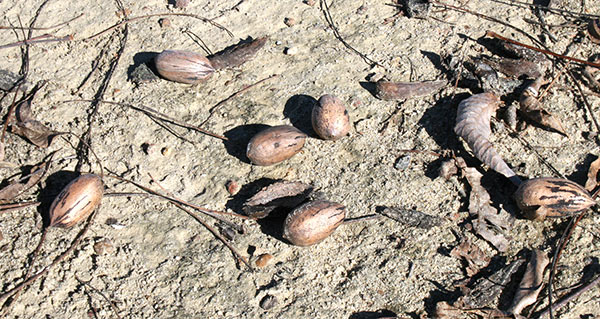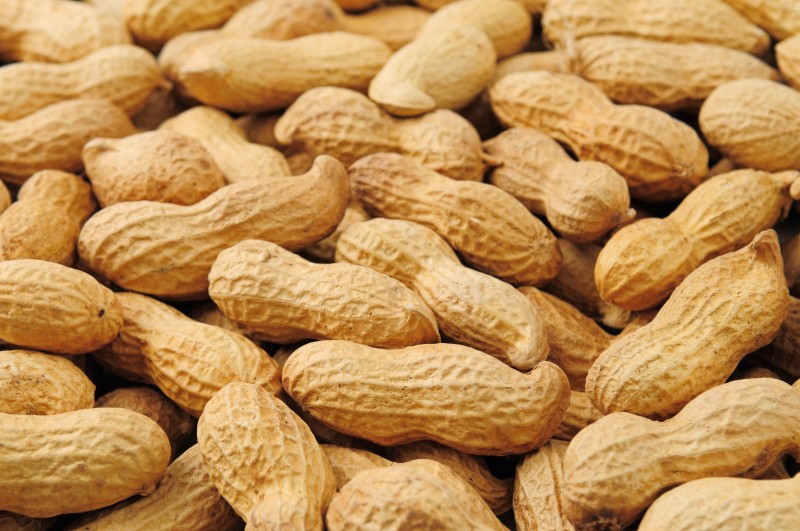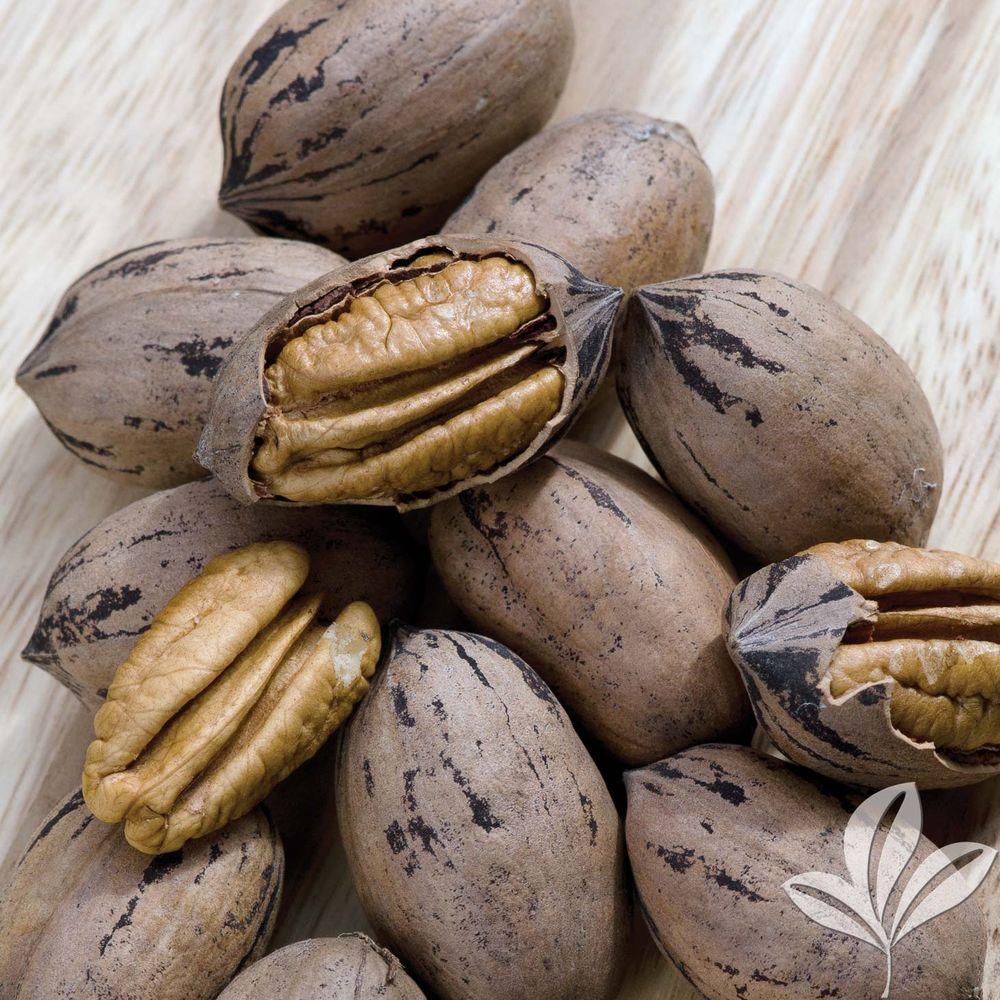

By Clint Thompson
University of Georgia, College of Agricultural and Environmental Sciences
Too much, and then too little, rain left Georgia pecan growers with smaller and, sometimes, empty nuts this season. The small size of pecans in the crop this year is expected to significantly impact the state’s overall production.
University of Georgia Extension pecan horticulturist Lenny Wells said the wet and cool conditions during last spring’s pollination period were unfavorable for pecan growth. As a result, pecans didn’t develop to the size Georgia farmers were expecting.
Once all of the state’s crop is harvested, Wells predicts a total of 70 million pounds, or even less, produced, as opposed to the 90 million pounds that industry experts were predicting before the start of the year.
“Nut size is going to affect the overall weight. A lot of those pecan wagons, as they were being filled and carried to the cleaning plants, they just didn’t seem to have the weight that it appeared was there. A lot of that was due to small nut size,” Wells said.
In addition to smaller nuts, many of this year’s nuts had no kernels inside, he said. “We also had a lot of nuts this year that just didn’t fill. A lot of that is a pollination-related issue,” Wells said.
During March and April last year, Georgia received an excess amount of rainfall — an average of 8.72 inches across the state, Wells said. From 1912 to 2003, Georgia’s average rainfall from March through April was 3.8 inches. The rain also contributed to a rise in scab disease, especially on south Georgia nuts.

“You tend to have more scab pressure the further south you go. There’s more lower-lying land that may have some effect on that. If the trees are up on high ground and out in the open where they can get good air flow, they’re going to fare better,” Wells said.
Scab is a fungal disease that can cause leaf loss and produce black lesions on the pecan shucks at any point during the season. The result is reduced nut size and yield.
Pecan farmers located in Cordele up to Fort Valley fared better with their crop, Wells said.
According to the UGA Center for Agribusiness and Economic Development, three of Georgia’s top four pecan-producing counties in 2013 were in southwest Georgia — Dougherty, Mitchell and Lee counties.
Too much rainfall in March and April affected pollination. A prolonged dry period from June to August, when nuts are developing, affected the nut size as well.
While irrigation is used on a bulk of the state’s commercial crop, it’s meant strictly as a supplemental source, said Wells. The result of too much water was smaller pecans or none at all for many growers. “I had some growers in east Georgia tell me that it was the worst year they’ve ever had,” he said.
Cost of production was extremely high this year, considering fertilizer, herbicides, labor and harvest costs. Wells said some farmers had to apply 16 fungicide applications, adding up to a production cost of $1,700 per acre.
For more information about Georgia’s pecan crop, see blog.extension.uga.edu.







Be the first to comment